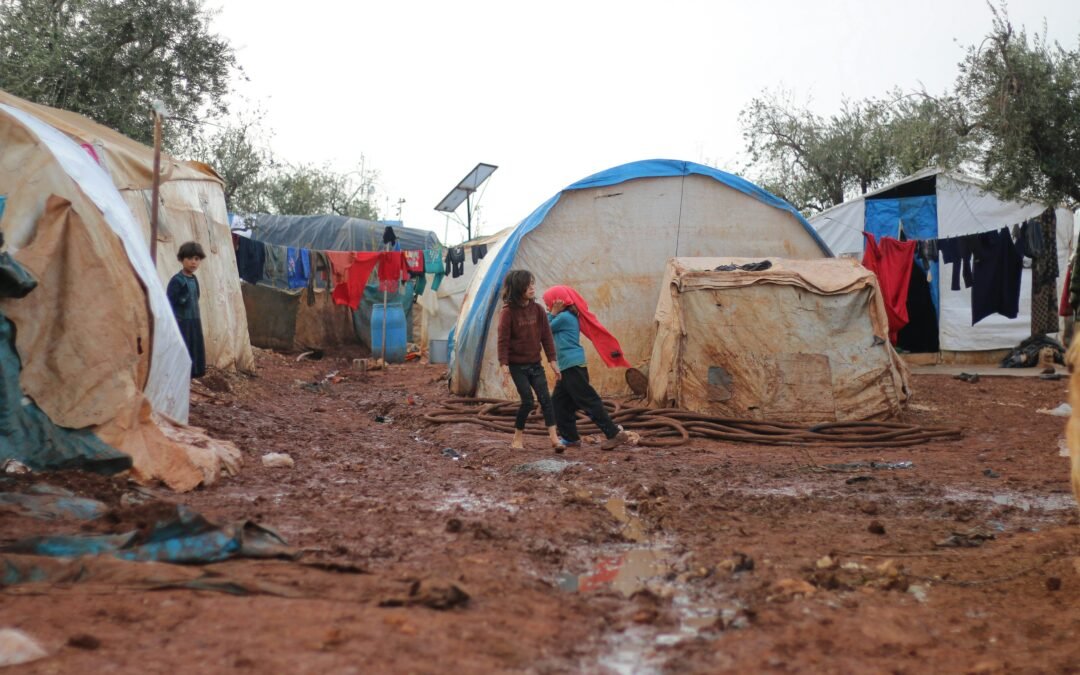Gaza is facing one of the worst humanitarian crises in history. Thousands of families have lost their homes, and necessities like food, water, and medical care are scarce. In such dire conditions, relief tents provide shelter and security.
But why are these tents so important?
- Immediate Protection – They offer a safe space for displaced families, shielding them from harsh weather and unsafe conditions.
- A Sense of Stability – Even in a crisis, having a designated place to sleep and live can bring comfort.
- Support for Aid Distribution – Relief tents also serve as medical centers, food stations, and schools, helping communities survive and recover.
However, the challenges are immense. Limited resources, blocked aid routes, and ongoing conflict make it difficult to provide enough shelter for everyone in need. That’s why global support and more vigorous humanitarian efforts are essential to ensuring Gaza’s displaced families receive the help they desperately need.
The question is—how can we improve relief efforts? Investing in durable, easy-to-set-up relief tents and speeding up aid distribution can significantly save lives.
Why Relief Tents Are Critical for Gaza’s Displaced Families
The situation in Gaza is heartbreaking. Families have been forced from their homes with nowhere to go. Many are sleeping on the streets, exposed to harsh weather, lack of food, and the constant threat of violence. This is where relief tents become lifesaving.
But why are they essential?
- Quick Shelter Solution – Permanent housing takes time, but relief tents can be set up in minutes, offering instant protection.
- Safe Environment – With sturdy materials, these tents protect families from the cold, rain, and heat.
- Privacy and Comfort – People who have lost everything need a secure space to regain a sense of everyday life.
Despite their importance, delivering enough relief tents to Gaza remains a challenge—border restrictions and damaged infrastructure slow aid efforts, leaving many without shelter.
So, what’s the solution? Faster response strategies, better funding, and increased international support can ensure that every displaced family gets a safe place to stay.
Essential Features of High-Quality Relief Tent
Not all relief tents are the same. In a crisis like Gaza’s, only strong, durable, and well-designed tents can provide proper shelter. But what makes a relief tent truly effective?
- Weather Resistance – Tents must be waterproof and heat-resistant to handle Gaza’s harsh climate.
- Strong & Durable Materials – Cheap, weak tents will not last. High-quality fabric and reinforced structures are necessary for long-term use.
- Ventilation & Insulation – Proper airflow keeps the inside cool, while insulation helps in colder nights.
- Easy to Set Up & Transport – Aid workers must be able to install these tents quickly, ensuring that families don’t wait too long for shelter.
Without these features, relief efforts can fail—leaving families at risk of exposure, disease, and further suffering. That’s why investing in high-quality tents is essential for effective humanitarian aid.
Challenges in Delivering Shelter to Gaza’s Refugees
Providing relief tents to Gaza’s displaced families is not an easy task. Humanitarian organizations face several obstacles that make shelter distribution slow and difficult.
Here are the biggest challenges:
- Border Restrictions – Limited access to Gaza makes transporting relief supplies on time difficult.
- Destroyed Roads & Infrastructure – Bombed roads prevent trucks from reaching those in need quickly.
- Limited Supplies & Funding – There aren’t enough relief tents to accommodate displaced families.
- Weather Conditions – Intense heat, rain, and storms make it harder for aid workers to set up safe shelters.
Despite these difficulties, relief organizations continue their efforts. The key to overcoming these challenges is better logistics, stronger international aid, and quicker response times. The sooner relief tents reach Gaza, the more lives can be saved.
The Role of Relief Tents in Long-Term Recovery
Relief tents provide immediate safety, but what happens next? Families need long-term solutions to rebuild their lives.
Here’s how relief tents contribute to long-term recovery:
- Extended Shelter – High-quality relief tents can last months or even years, giving families a temporary home.
- Multi-Purpose Spaces – These tents can be used as schools, clinics, and community centers, helping people resume daily life.
- Foundation for Permanent Housing – Some relief tents are designed to transition into semi-permanent structures, offering more stability.
- Emotional & Psychological Relief – Having a safe place to stay reduces stress and helps families recover emotionally.
While relief tents are a significant first step, they are not a permanent solution. Investing in rebuilding efforts—such as better housing, more substantial infrastructure, and economic support—is essential for Gaza’s future.
The goal? To ensure that every displaced family moves from temporary shelters to a stable, secure home as soon as possible.

